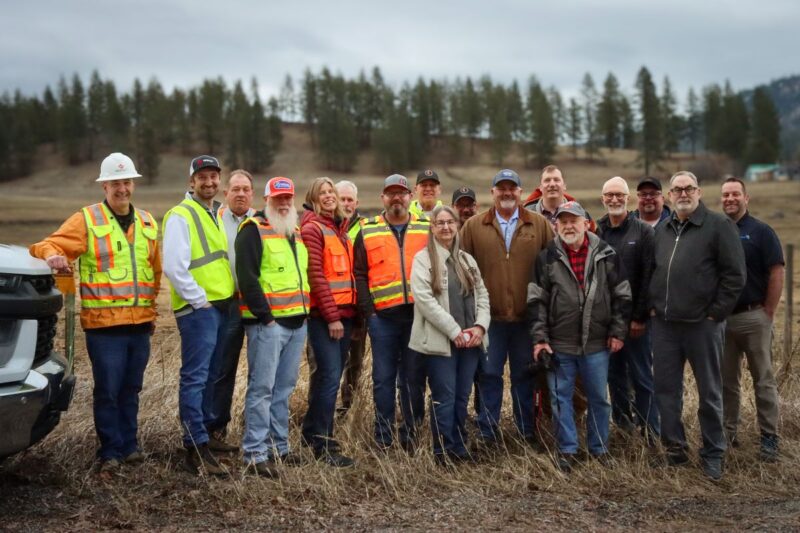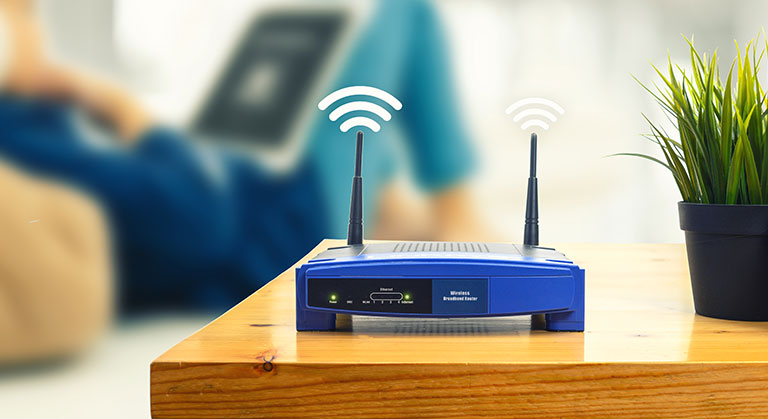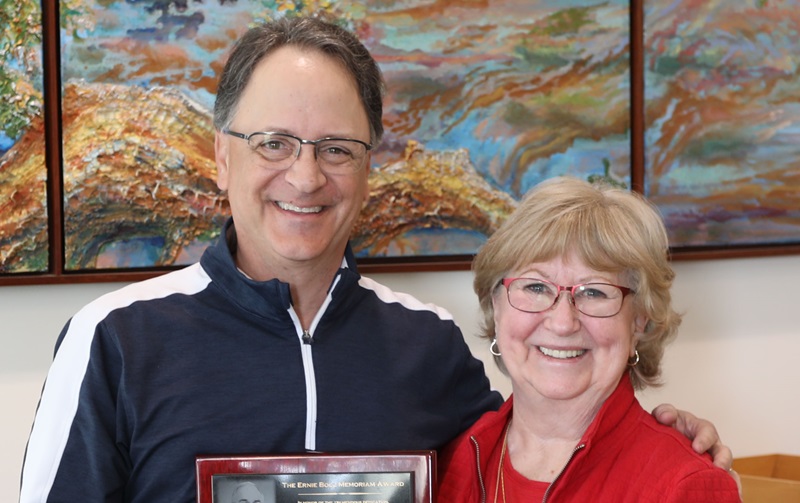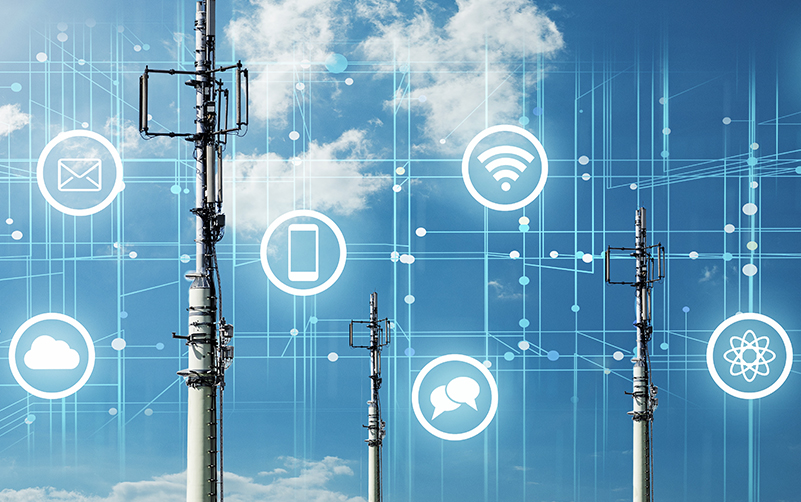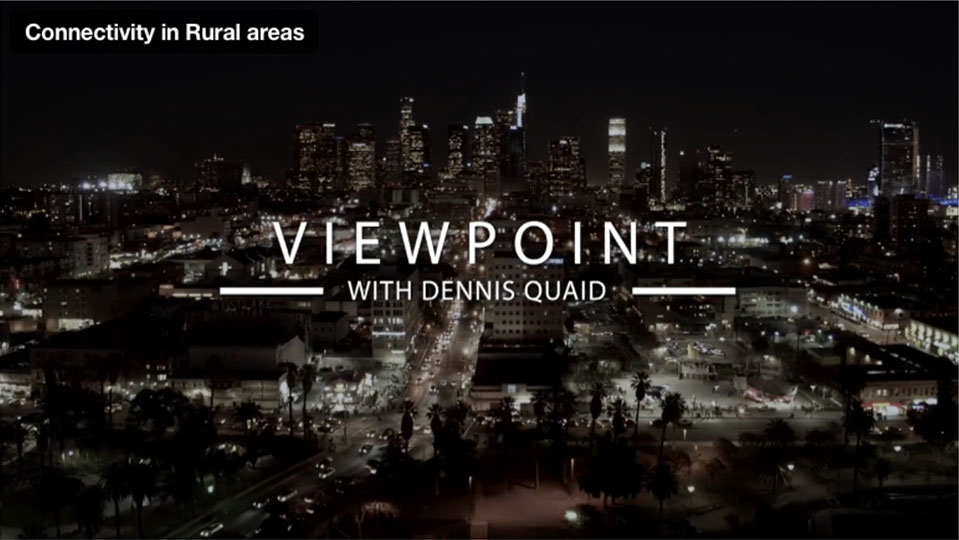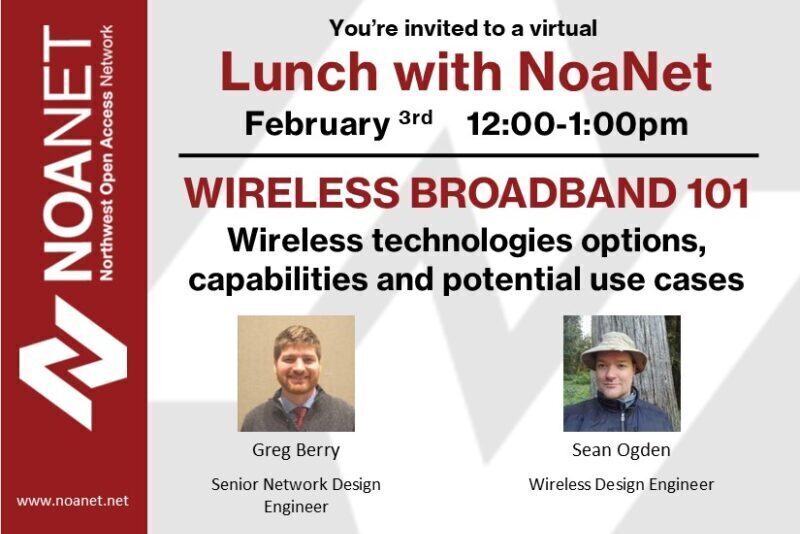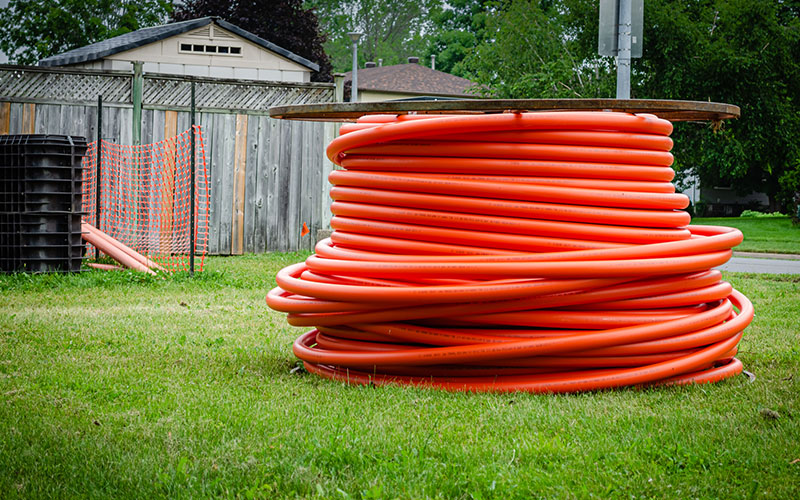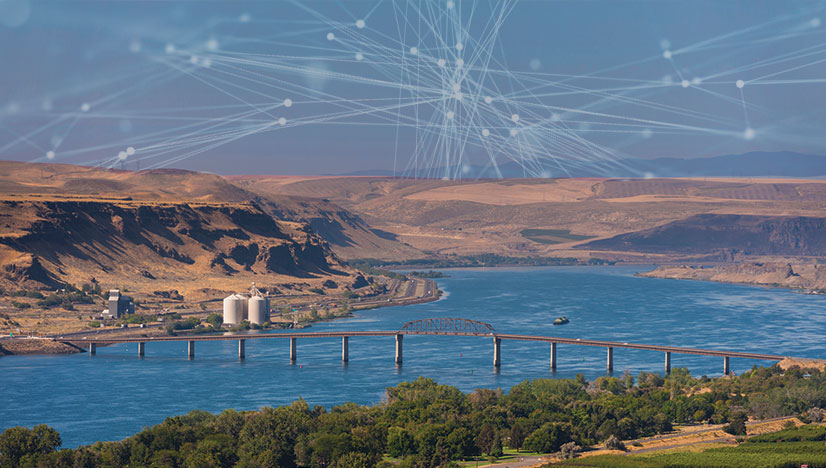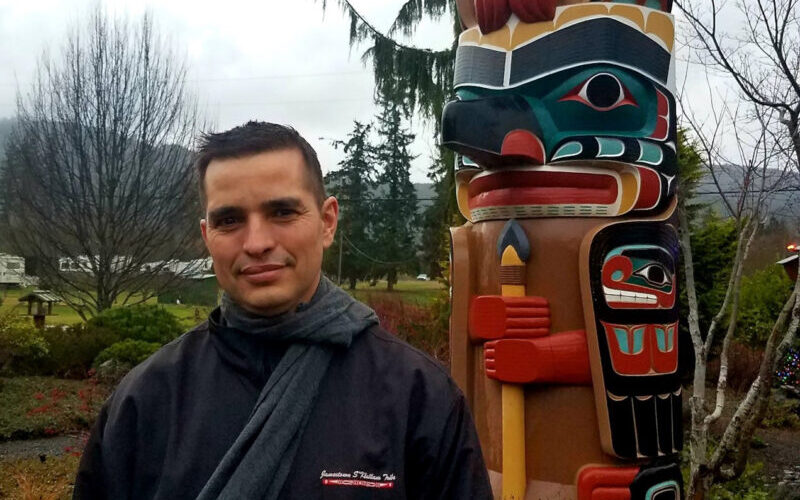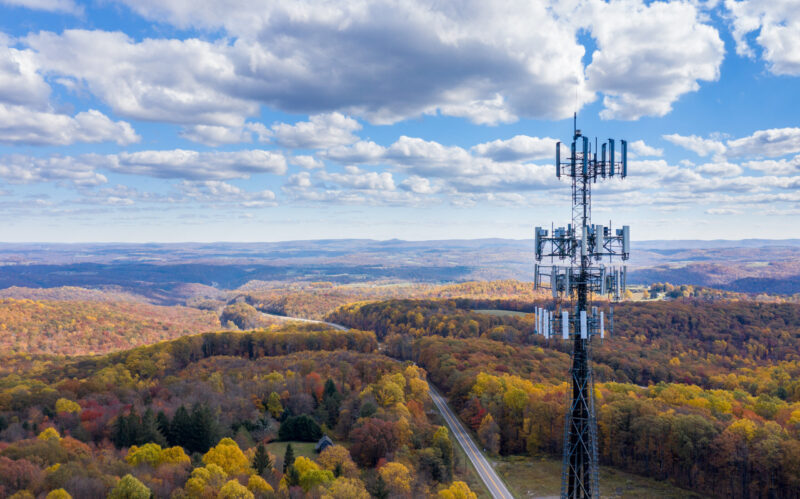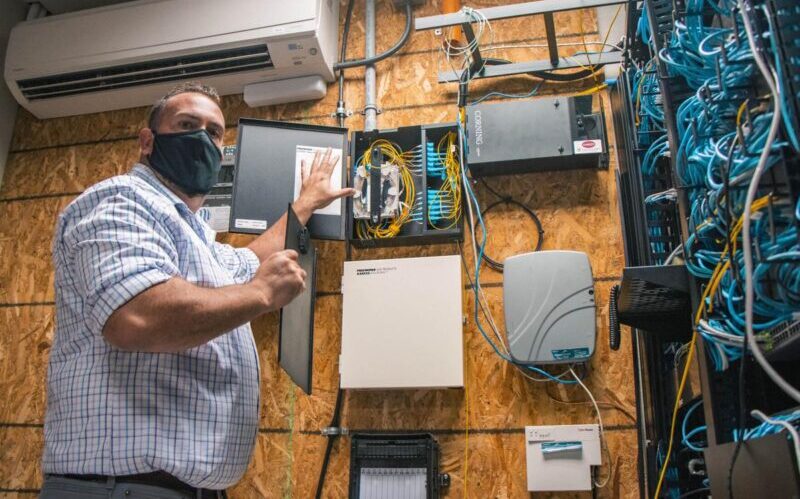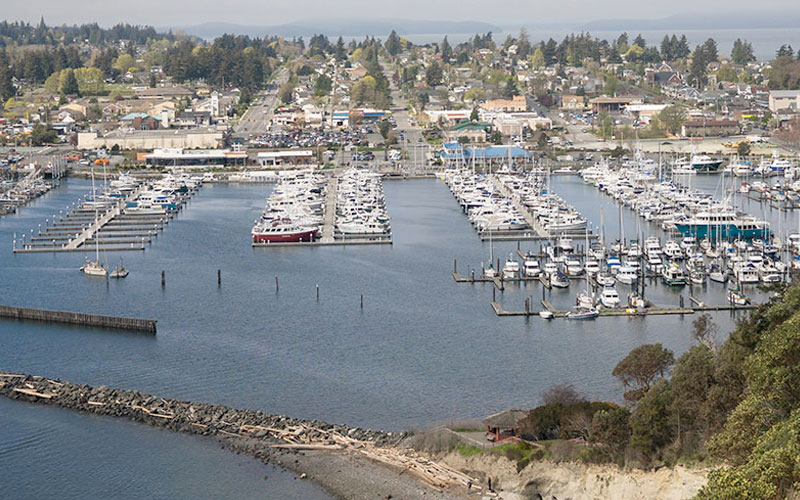Continuing our series on funding broadband across states, counties, cities, small towns and tribal lands, we’re spotlighting another exciting grant opportunity: The Connecting Minority Communities Program. This is one of several grant applications available that helps bring communities long-awaited opportunities to help bridge the digital divide. What makes this opportunity stand out is its ability to support connectivity initiatives and broadband programs for both urban and suburban minority communities.
The Consolidated Appropriations Act that became law in late December 2020 authorized and funded three new broadband grant programs including the “Connecting Minority Communities Program.” This grant will be administered by National Telecommunications and Information Administration (NTIA), under the U.S. Department of Commerce.
This $285 million pilot grant program targets Historically Black Colleges and Universities, Tribal Colleges and Universities, and Minority-Serving Institutions, and their anchor communities for the purchase of broadband internet access service, or any eligible equipment, or to hire and train information technology personnel.
Entities eligible to receive grants through this program include:
- Historically Black colleges and universities (HBCU)
- Tribal colleges and universities (TCU)
- Minority-serving institutions (MSI), which include:
- Hispanic-serving institutions (HSI)
- Alaska Native-serving institutions (ANSI)
- Native Hawaiian-serving institutions (NHSI)
- Predominantly Black institutions (PBI)
- Asian American and Native American Pacific Islander-serving institutions (AANAPISI)
- Native American-serving, nontribal institutions (NASNTI)
- A consortium led by an HBCU, TCUs, HSIs or MSI, that also includes a minority business enterprise or a nonprofit organization in the anchor community
At least 40 percent of grants must be made to HBCUs, and at least 20 percent of grants must be made to HBCUs, TCUs, and other minority-serving institutions specifically to provide broadband service or equipment to their students. Eligible equipment includes: 1-Wi-Fi hotspots; 2-modem, routers, or combined modem/routers; 3-laptops, tablets, or similar internet-connected devices; and 4-any other equipment used to provide broadband.
Grants for higher education recipients aim to support instruction and learning, including remote learning. Grants for minority business enterprises and nonprofits should support the organization’s operation. Educational institutions that receive a grant for student connectivity must prioritize students that are eligible to receive the Pell Grant; receive need-based financial aid from the federal government, state, or the institution; qualify for the FCC’s Lifeline program; earn less than 150% of the federal poverty line; or have been approved to receive unemployment insurance since March 1, 2020.
Thinking about “the ask”
NoaNet foresees winning applications to be those with high payoff activities, and a program that lives on well after the lifespan of the initial award. In other words, illustrating a sustainable program will be compelling to those reviewing the applications. This grant program may lean more toward providing equipment, technology and wireless services than one that creates new wireline infrastructure, but a well-presented application calling for an eligible infrastructure project is worth pursuing.
Consider high-poverty areas of an anchor community, one that factors in its student population as part of the applicant’s project. An eligible entity might apply for:
- The equipment and broadband service needed to support a new fiber optic workforce development program at the college or university.
- The equipment and broadband service needed to outfit a tech lab or community center in a low-income area of the community. Students from nearby higher education institutions could be hired to provide tech support, skills training, or mentorship.
- Eligible equipment needed to build or extend its wireless network into the community, and enable connections at nearby homes in high-need areas to support remote learning. Laptops or tablets could also be provided to eligible households.
A good application starts with sound direction
Now through July 2021, the NTIA will host a webinar series for this and other broadband grant programs to help prospective applicants prepare high-quality grant applications. The webinar registration information and details will be posted on the BroadbandUSA website, https://broadbandusa.ntia.doc.gov, under “Events.” The public is invited to participate, but pre-registration is required as space is limited to the first 1,000 participants. If you miss the live webinar, you can still access the presentation and recording. These will be posted on the BroadbandUSA website at https://broadbandusa.ntia.doc.gov/ and on the NTIA’s YouTube channel at: https://www.youtube.com/ntiagov within seven days following the live webinar.
Applying in Washington State
NTIA has not yet released the date of when applications will be accepted for this program. If you think you have a project that qualifies for the Connecting Minority Communities Program in Washington State and could use some assistance, talk to NoaNet! We have helped many communities facilitate broadband planning and have been serving Washington State for more than 20 years. We’ll help get your community on the Road to Broadband and be there to support you at every step of the journey.
Northwest Open Access Network (NoaNet) is a not-for-profit wholesale telecommunications mutual corporation that has been serving Washington State since 2000. As a mission-driven organization, NoaNet focuses on bringing world-class telecommunications technology to hard-to-reach communities which lack access to high-speed affordable broadband services.


